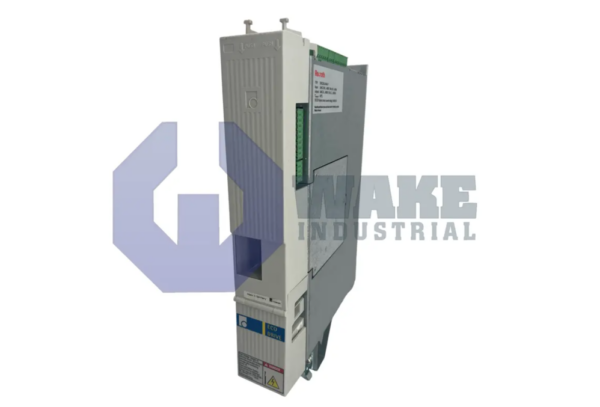In the dynamic world of manufacturing, the quest for increased efficiency, precision, and reliability is unending. Drive controllers, integral components in modern industrial automation, play a pivotal role in achieving these goals. These sophisticated devices regulate the speed, torque, and position of electric motors, making them essential for a vast range of manufacturing processes.
What are Drive Controllers?
Drive controllers are advanced digital systems designed to precisely control the electrical power sent to motors. They adjust the speed, direction, and torque of a motor based on inputs from the manufacturing system’s control unit. By doing so, drive controllers ensure that machinery operates within optimal parameters, thus maximizing efficiency and extending the equipment’s lifespan.
Key Use Cases for Drive Controllers in Manufacturing
1. Conveyor Belt Systems
Conveyor belts are the lifelines of many manufacturing plants, responsible for the smooth transport of materials and products through various stages of production. Drive controllers manage the speed and torque of the motors that power these belts, ensuring they operate smoothly and adjust their speed according to the volume and type of goods being transported. This precise control helps prevent product damage due to excessive speed and reduces energy consumption by adjusting motor activity to actual needs.
2. Assembly Lines
In assembly lines, precision and timing are crucial. Drive controllers synchronize the work of multiple machines and conveyor systems, ensuring that each component of a product is assembled accurately and efficiently. For instance, in the automotive industry, drive controllers help coordinate robots that install parts, paint vehicles, and perform quality checks. This synchronization not only speeds up the assembly process but also reduces errors and material wastage, significantly improving overall production efficiency.
3. Packaging and Labeling Machines
Packaging is a critical final step in the manufacturing process, requiring high precision to ensure that products are securely and neatly packed. Drive controllers adjust the speed of packaging machinery to match the production output, avoiding bottlenecks and ensuring continuous operation. In labeling applications, they help maintain the correct tension and feed rate of labels, ensuring that labels are applied smoothly and accurately, which is crucial for product branding and regulatory compliance.
4. Cutting and Laser Machines
Manufacturing industries such as textiles, metals, and plastics rely heavily on cutting machines, many of which are now equipped with lasers. Drive controllers in these machines adjust the speed and position of the cutter or laser beam precisely, according to the design specifications. This precise control is essential for achieving high-quality cuts and minimizing material waste, especially when working with expensive materials like metals or specialty fabrics.
5. CNC Machines
Computer Numerical Control (CNC) machines are used for drilling, milling, and turning operations. Drive controllers in CNC machines ensure that the motion of the cutting tools is extremely precise, adhering closely to the programmed instructions. This precision is critical for industries where components must meet stringent specifications, such as aerospace and precision engineering. Drive controllers also play a role in optimizing the machine’s speed and feed rate, enhancing tool life and surface finish quality.
6. Extrusion Processes
In the plastic and aluminum industries, extrusion processes rely on drive controllers to maintain the precise speed and pressure needed to form materials into specific shapes and sizes. Drive controllers adjust the motor speed to ensure that the extruded materials are uniform and free of defects, which is crucial for maintaining the strength and integrity of the products.
Managing Drive Controllers for Optimal Performance
To maximize the benefits of drive controllers in manufacturing, several best practices should be adopted:
1. Regular Calibration and Maintenance
Drive controllers should be regularly calibrated and maintained to ensure they continue to function accurately. This maintenance includes checking for firmware updates, verifying alignment and settings, and replacing worn components.
2. Integration with Manufacturing Execution Systems (MES)
Integrating drive controllers with MES allows for better data collection and analysis. This integration provides insights into machine performance and can help identify potential issues before they lead to downtime or defects.
3. Training for Operators
Operators should receive comprehensive training on the proper operation and troubleshooting of drive controllers. Understanding how to optimize settings and respond to alerts can prevent errors and reduce downtime.
Conclusion
Drive controllers, such as the DKC02.3040-7-f2w, are indispensable in modern manufacturing, offering the precision and control necessary to meet the demands of high-quality production. Their ability to fine-tune the operation of motors and other mechanical components helps manufacturers achieve new levels of productivity and efficiency. As technology continues to advance, the capabilities of drive controllers will expand further, opening up even more possibilities for innovation and improvement in manufacturing processes. By effectively harnessing and managing these devices, manufacturers can ensure they remain competitive in an increasingly automated and precise industrial landscape.
Article Submitted By Community Writer




